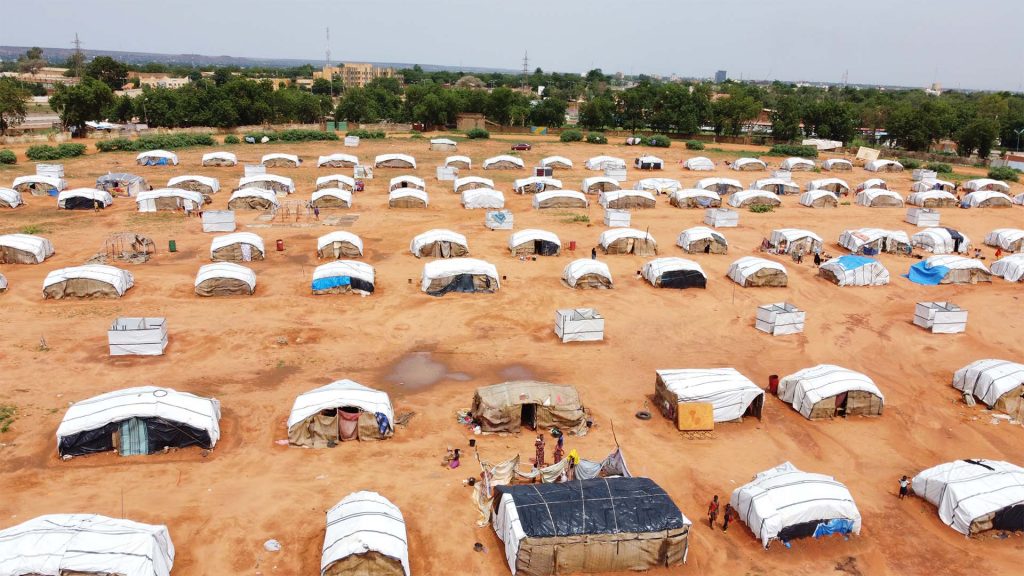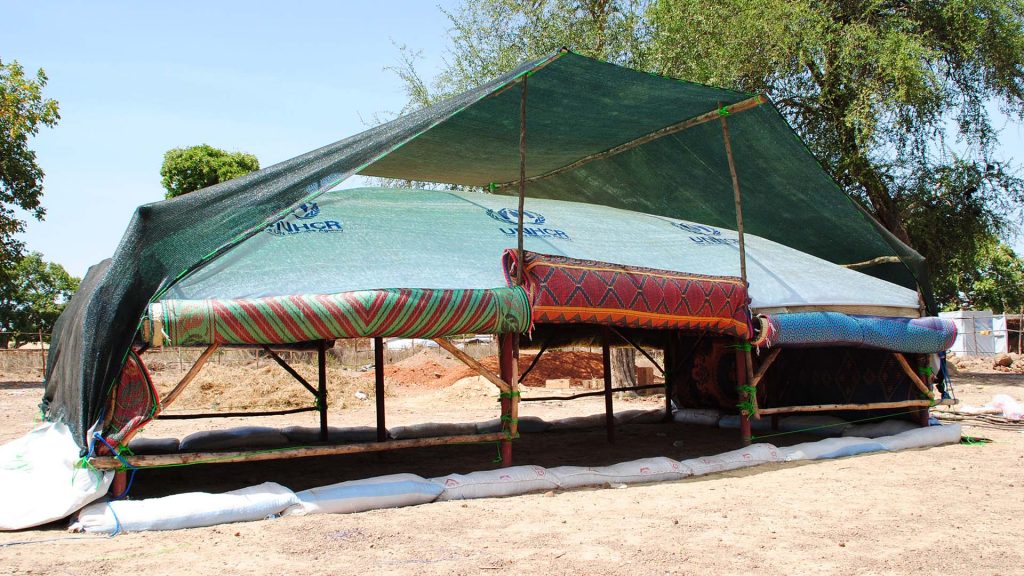
Children need to grow up in the best possible conditions to reach their full potential and become independent adults. However, they are always the first victims of conflicts, natural disasters or economic crises. Our work therefore has three essential roles in ensuring the protection of children:
Doing everything we can to anticipate future crises and urgent needs, so that children are protected from the very first moment.
For example, we are building up stocks of shelters or working on the layout of neighborhoods to prevent further flooding.
Working to improve and build the homes and shelters in which children live with their families, to protect them from external threats and to provide them with a dry, comfortable and decent place to live.
Every year we build thousands of shelters and houses that keep children safe.
Since 2010, the Luxembourg Red Cross has been hosting and operating the International Federation of the Red Cross Shelter Research Unit (IFRC_SRU). This international centre aims to improve humanitarian shelter interventions by studying and developing the most appropriate shelter for each situation.
The IFRC-SRU works in collaboration with local national societies to strengthen their technical capacity to use and build these shelters, while providing them with resources (financial, human and material).
The IFRC-SRU shares the offices of the Humanitarian Aid in Bertrange, Luxembourg, where all the studies and planning phases are carried out. Our experts are then deployed in the field to provide concrete assistance to national societies and other partners in the development and evaluation of new shelter solutions. They take into account cultural acceptance and environmental impact by examining materials, appropriate construction techniques and logistics.Humanitarian shelter is not just designed to provide a short-term response. From the outset, it is elaborated in a sustainable and evolving manner, to meet the needs of its inhabitants who often cannot return to their villages and homes for years.
Finally, detailed documentation on the different shelters, the materials needed and the assembly is made available free of charge to all those involved in humanitarian work in order to encourage the sharing of information and to enable a maximum number of countries, particularly in Africa, to use these shelters.
